Colonial world views were, on the whole, extraordinary. Explorers and missionaries marched out to record, save and reorder the world according to notions of Progress that placed Europeans at the apogee of Civilization (self-defined) – and ‘Everyone Else’ pretty far down the scale. Or, as noted by Sir Richard Burton:
To be the first in everything; to be second in nothing!

Sir Richard Burton, colonial explorer and writer extraordinaire. Source: unknown
An excellent example is the following entry – part of a letter by Sir Richard Burton (whom we met – here, here and here) that was written to the Royal Geographical Society in which his suggests what would be the best use of Mount Cameroon, located in West Africa. (Highlighting is mine).
My Lord – I have the honour to report that I have made two ascents of the hitherto unexplored Cameroons Mountain, and have discovered a magnificent site for a sanitarium, a convict station, or a Negro colony.
I have enclosed a report, to be forwarded, if your Lordship thinks proper, to the Secretary of the Royal Geographical Society.
(Signed: Richd. F. Burton)

Mt. Cameroon from the sea. Source: skimountaineer.com
(Enclosure.):
For nearly four centuries this magnificent pile of mountains, the “Theon Ochema” of Hanno and Pliny, has been looming before the eyes of passing European mariners, yet the summit has been ever virgin…
[“Theon Ochema” – ”Chariot of the Gods‘, name given to what was thought to be Mount Cameroon by Hanno the Phonecian, who sailed along the West African coast in the 4th Century BC – more on that in another blog]
Here, then, remained for me a mountain whose “glorious pinnacle never yet felt the foot of man.”…
Our route lay through a bush – such is the magnificent Anglo-African term for a forest of trees often 100 feet high – composed of palms and acacias, a variety of figs and cardamoms, the kola tree (Sterculia acuminata), and three kinds valuable for timber, namely, the Africa oak (Oldfieldia Africana) the scrubby oak of Sierrra Leon (Sophira alata), and the brimstone-tree or yellow wood (mormida lucida).

Through the forest of Mt. Cameroon. Source: caboose.org.uk
This also is the region of huge grasses which extend to 4000 feet above sea-level, where dwarfened growths take their places.
The grasslands of Mount Cameroon. Source: cabose.org.uk
The whole of this country is admirably adapted for cacao (Theobroma cacao), coffee, and sugar; it is a pity to see it wasted on plantains and koko (Colocuia esculenta).…
we… ascended some thorough heights, passing west of Mount Henry – a site which I at once fixed upon as a provisional sanitarium, to be prepared before the grand institution near the summit of the mountain…
During a residence there, lasting from the 23rd December, 1861, to the 31st January, 1862, I made up my mind that it would be an admirable spot for a Sanitarium or a Colony.
Materials for a road and for house-building lie all around. Of the 60,000 runaway negroes in Canada give me but 300, and I will make a path practicable for mules at the end of a dry season.
Pestilent Lagos [Nigeria] will require a “sick bay,” and where can a Lebanon be found equal to the beautiful, the majestic Camaroons?…
At 2pm we took formal possession of the place [Mount Cameroon]; flew the union jack, drank the health of the Sovereign Lady with our last bottle of champagne; and left our names upon a leaden plate, with two sixpences – rather a bright idea, but not emanating from my cranium…
These few lines will, it is hoped, show the adaptability of the Camaroons Mountain for a sanitarium, a colony, or a convict station. A locale which shows every morning hoar-frost during the hot season in a regard removed but 4 degrees from the equator is not to be despised …
The Anglo-Scandinavian race cannot, it is true, thrive in all climates: but there are few, and those are valueless, in which choice of site would not make him a cosmopolite.
Ends letter.
In these and similar ways, colonial powers – by focusing on crops for export – helped to undermine local food security. This fact, we are only recently beginning to address…
[First posted Sept. 2009, Revised 26 November 2011]
Related articles
- Plantains and Bananas: “The Staff of Savage Life” (dianabuja.wordpress.com)
- How Five Colonial Powers Battled for Cameroon (ecocbnn.com)
- German Colonization of Cameroon (ecocbnn.com)








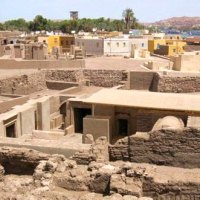
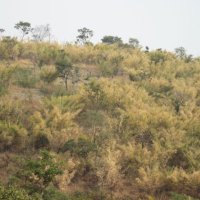
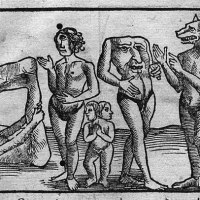
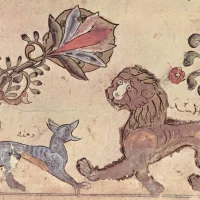
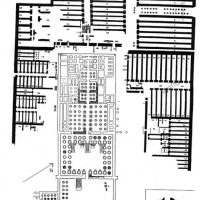

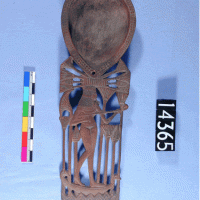














Pingback: Agriculture; Livestock; Indigenous Plants; Agroforestry – Links | DIANABUJA'S BLOG: Africa, the Middle East, Agriculture, History & Culture
Pingback: A Colonial Description of Making Green Plantain Cider « Dianabuja's Blog
Pingback: ‘Sick Societies’ and other Recent Readings « Dianabuja's Blog
Pingback: 2010 in review – blog vital statistics from Wordpress « Dianabuja's Blog
Pingback: Most Popular Blog Pages – Why?! « Dianabuja's Blog